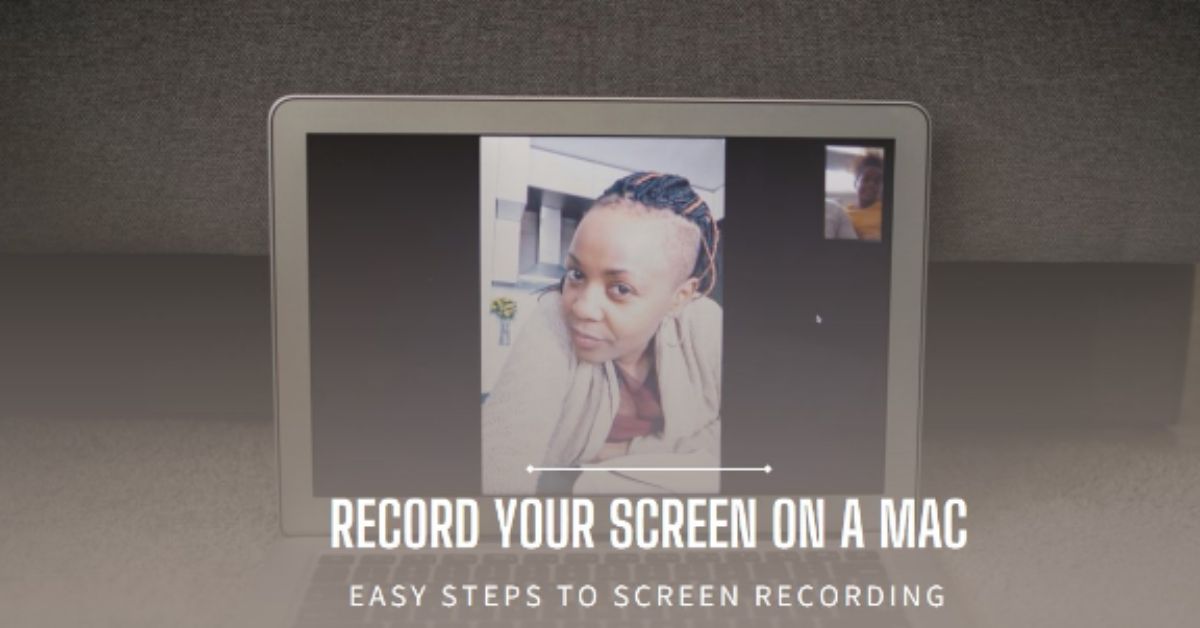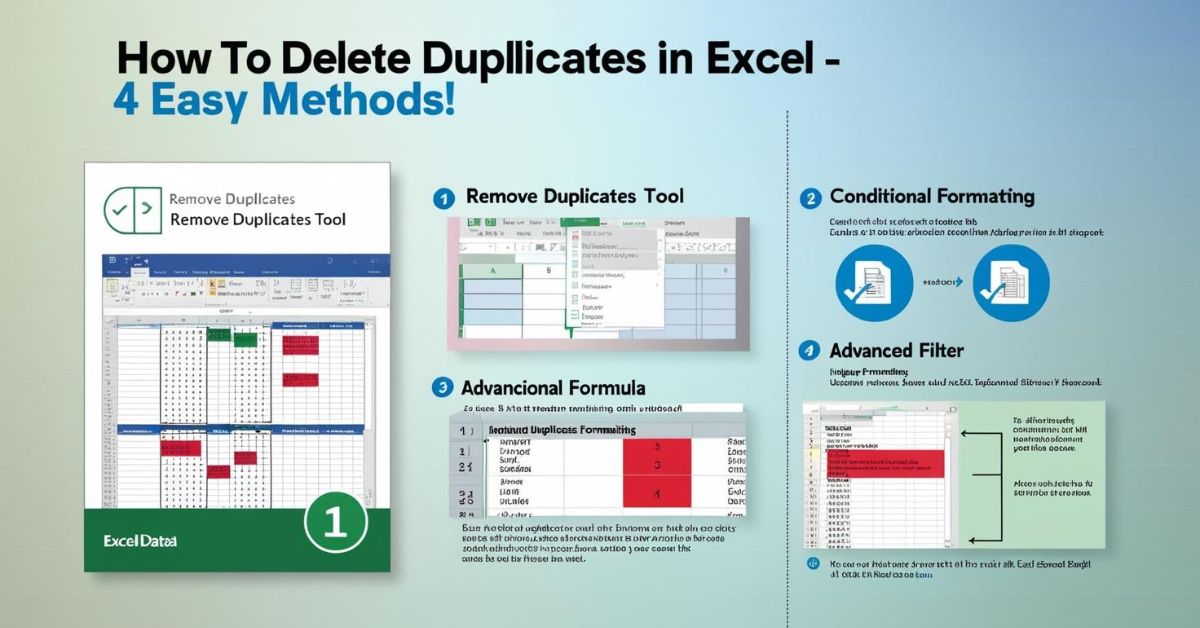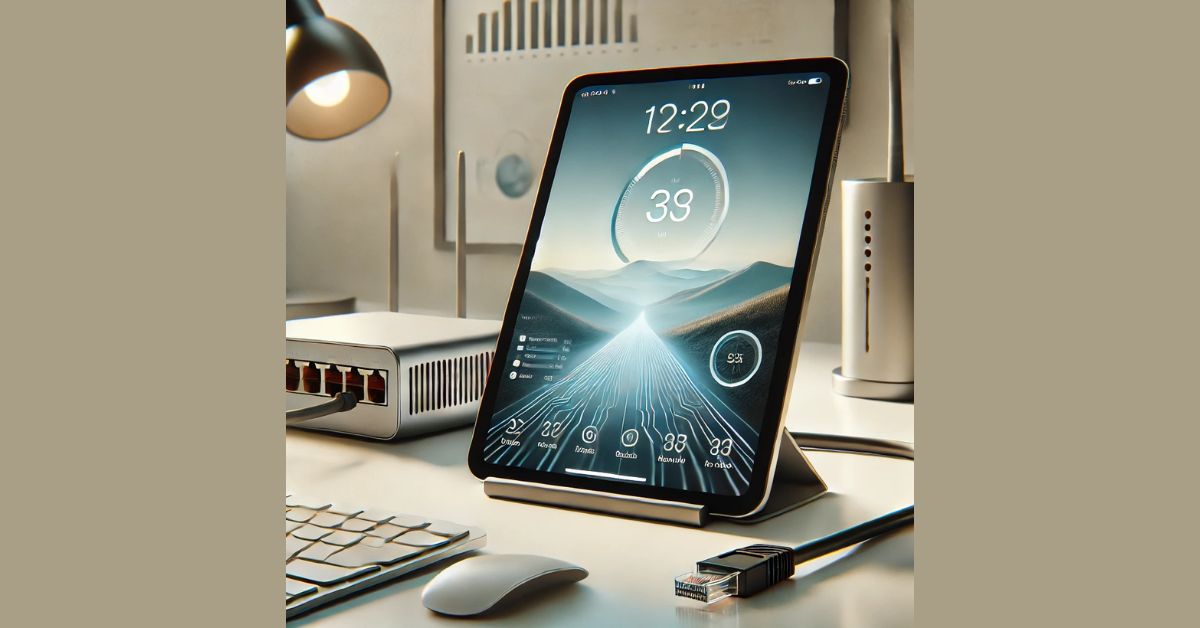You can create tutorials, record meetings, or capture a bug. Do it all without downloading third-party apps. This guide will give you step-by-step instructions. It will show you how to screen record on a Mac. It is optimized for both beginners and advanced users.
Why Screen Recording Is Useful on a Mac
Screen recording can be beneficial for:
- Creating tutorials: easily demonstrate software or apps.
- Recording Online Meetings: Save important information from video calls.
- Bug Reporting: Capture errors to share with tech support.
Step-by-Step Guide to Screen Recording on a Mac
1. Using macOS’s built-in screenshot toolbar
Starting with macOS Mojave (10.14), Apple added a screenshot toolbar. It makes screen recording a breeze.
Steps:
- Access the Screenshot Toolbar:
- Press Command + Shift + 5 to bring up the screenshot toolbar.
- You will see several options, including screen capture and screen recording.
- Select Screen Recording:
- You can choose to record the entire screen or a selected portion.
- To record the full screen, click the solid screen icon with a circle in the bottom-right corner.
- For a selected area, click on the dotted box icon, drag to select the area, and then start recording.
- Start and Stop Recording:
- Click “Record” to begin your screen recording.
- To stop, click the small square icon in the menu bar or press Command + Control + Esc.
Beginner Programming Projects: A Guide to Kickstart Your Coding Journey
2. How to Record Using QuickTime Player
If you have an older macOS or prefer QuickTime Player, use its built-in app. It allows for seamless screen recording.
Steps:
- Open QuickTime Player:
- Go to Applications and select QuickTime Player.
- Start a New Screen Recording:
- From the menu bar, click File > New Screen Recording.
- A recording window will pop up.
- Customize Recording Options:
- Click the small arrow next to the record button. It lets you adjust settings, like choosing the microphone for audio input.
- Start and Stop Recording:
- Click the red record button.
- To stop recording, click the stop button in the menu bar or press Command + Control + Esc.
3. How to Record Audio While Screen Recording
To record audio during a screen recording, select the correct audio source.
Steps:
- Select Your Microphone:
- When you open the Screenshot toolbar or QuickTime Player, you can select a microphone.
- Ensure you select “Internal Microphone” or any other input device.
- Test the Audio:
- It’s always good to record a small test clip to ensure your audio is being captured correctly.
4. Edit Screen Recordings on Mac
After recording, macOS lets you trim or edit the video. Use the Screenshot Toolbar or QuickTime Player.
Steps:
- Open the Video:
- After recording, click on the thumbnail that appears in the corner of your screen.
- Trim Your Video:
- Click the edit button to trim the video, adjust the length, or export the file.
Bonus: Keyboard Shortcuts for Faster Recording
If you’re recording frequently, it can help to memorize these keyboard shortcuts:
- Command + Shift + 5: Opens the Screenshot Toolbar.
- Command + Shift + 4 + Space: Takes a screenshot of an active window.
- Command + Shift + 3: Captures the entire screen.
Frequently Asked Questions (FAQs)
Can you screen record on a Mac with sound?
Yes, you can screen record with sound. Select the microphone input before starting your recording. Both the Screenshot Toolbar and QuickTime Player offer this option.
How do I screen record a selected portion of my screen?
Use the Screenshot Toolbar (Command + Shift + 5) and choose the option to record a portion of the screen. You can drag and resize the recording area as needed.
Where are screen recordings saved on a Mac?
By default, screen recordings save to your desktop. To change the folder, click “Options” in the Screenshot Toolbar.
Read Also: How to Clear Cache on iPhone
Conclusion
Screen recording on a Mac is intuitive and simple with the built-in tools. You can use either the Screenshot Toolbar or QuickTime Player. They let you create high-quality recordings for tutorials, meetings, or troubleshooting. With some shortcuts and options, you’ll quickly capture everything you need.
Quick Recap:
- Command + Shift + 5: Opens the screenshot toolbar for screen recording.
- QuickTime Player: Another built-in option for screen recording on older macOS versions.
- Audio Recording: Ensure to select a microphone for sound recording.










